Advocacy, Policy and Research
Challenging the structures and attitudes that sustain inequality.
Challenging the structures and attitudes that sustain inequality.
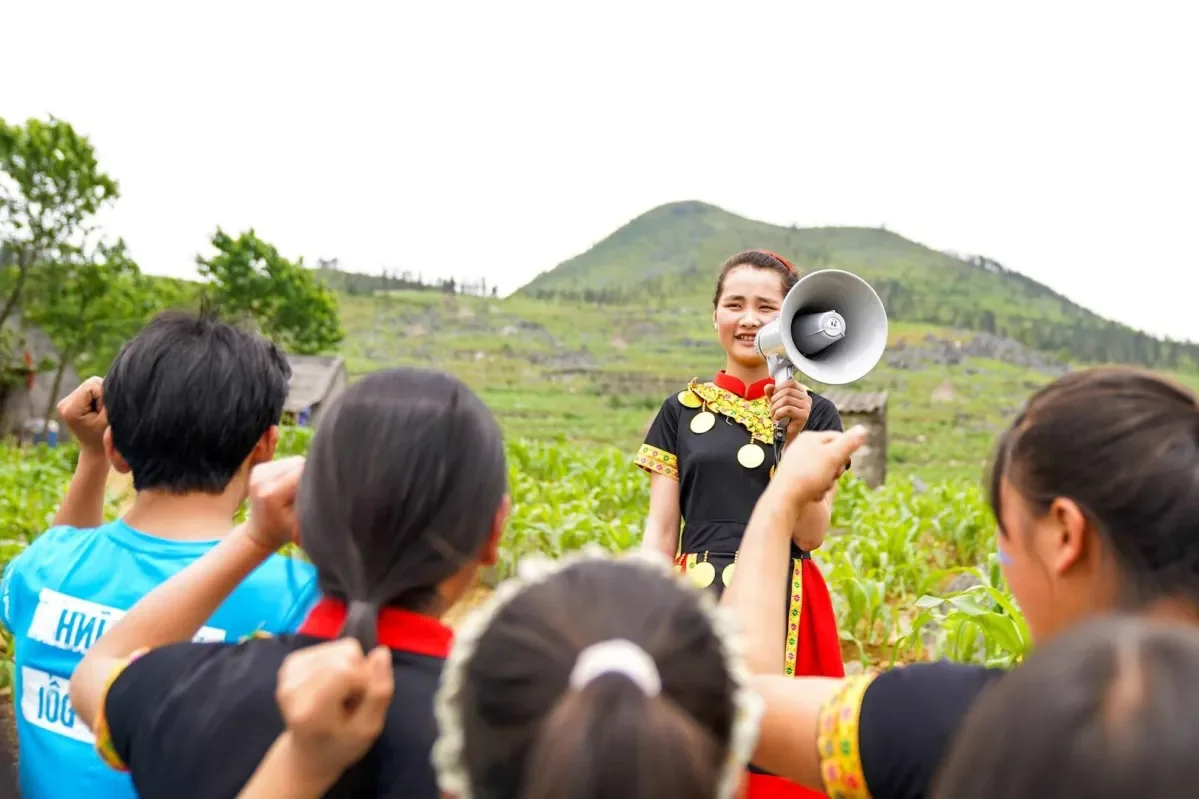
The world is not equal. We recognise that girls and adolescents face worsened discrimination and violence because of their age, gender and other identities.
Our policy, advocacy and research work aims to promote and advance gender equality and girls’ rights on key issues. This includes the right to education, sexual and reproductive health, and a life free from violence and exploitation.
We engage with policy makers, parliamentarians, young people, the media, and civil society to drive changes in policy and practice at national and global levels.
children are currently displaced due to conflict and violence.
girls are denied the right to education globally.
of girls and young women aged 12 to 21 in the UK have experienced a form of public sexual harassment.
We are living in challenging times. Opposition to gender equality including sexual and reproductive health and rights, is on the rise.
Climate change, conflict and other humanitarian disasters are disrupting the lives of millions and resulting in more people than ever being forced to leave their homes. And in the UK, the impact of Covid-19 on health, wellbeing and education is still being felt.
All of this is having a disproportionate impact on the lives and rights of girls and adolescents. But we know that change can happen.
Our approach is rooted in girls’ rights and embraces feminist and anti-racist principles. It is youth-centred, with the voices of girls and adolescents in all their diversity at the heart of everything we do.
Our work has led to governments committing vital money to humanitarian disasters, ensured girls’ education is a top global priority, and supported young people to create real change in their communities.
Key areas of work
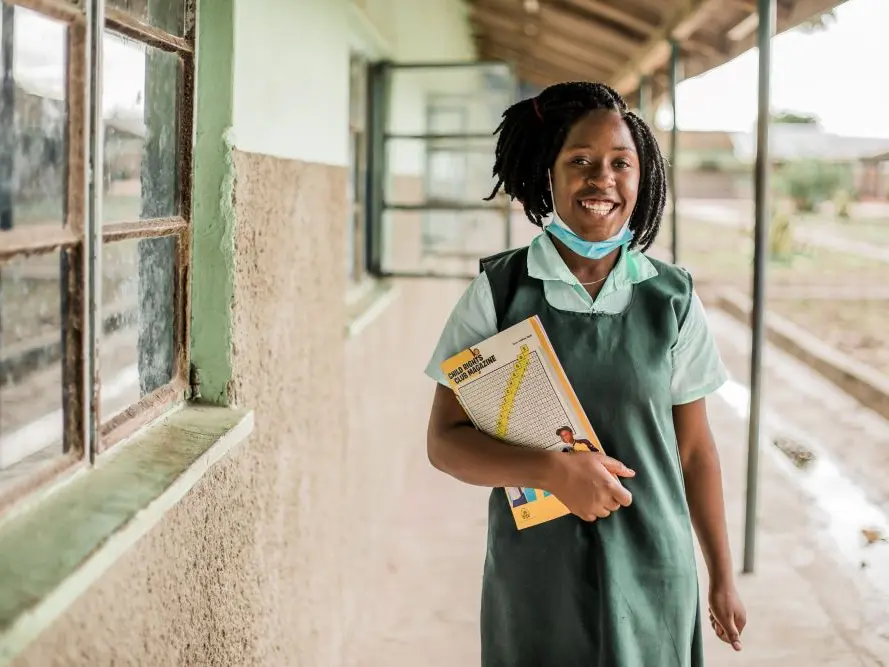
Girls' education
Girls and adolescents around the world are calling for their right to education to be realised.
We are standing with them to defend this right and ensure that every child and adolescent has access to a safe, inclusive, quality education.
Sexual health and rights
We believe that girls and adolescents have the right to control their bodies and their lives. We work to ensure that they can make informed decisions about their sexuality, free from discrimination, coercion or violence.

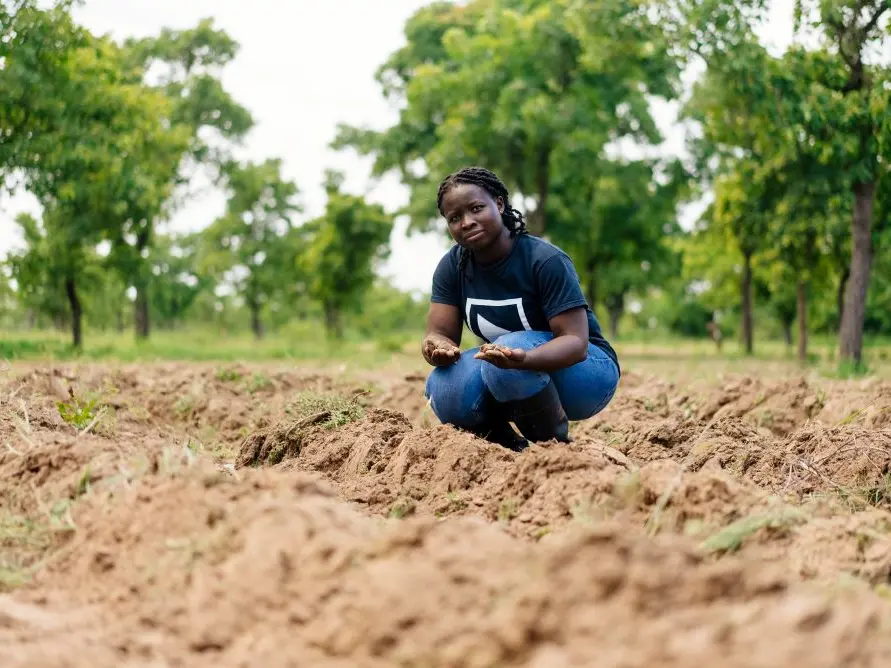
Climate change
The climate crisis is one of the most significant social and intergenerational injustices of our time. Girls and adolescents are disproportionately impacted by the effects of climate change, which exacerbates inequality.
Young people are at the forefront of the fight against the climate crisis, and we are raising their voices.
Emergencies
Girls and adolescents are some of the most at-risk groups when disaster strikes.
Our advocacy ensures that the needs and rights of girls and adolescents are placed at the centre of humanitarian responses.
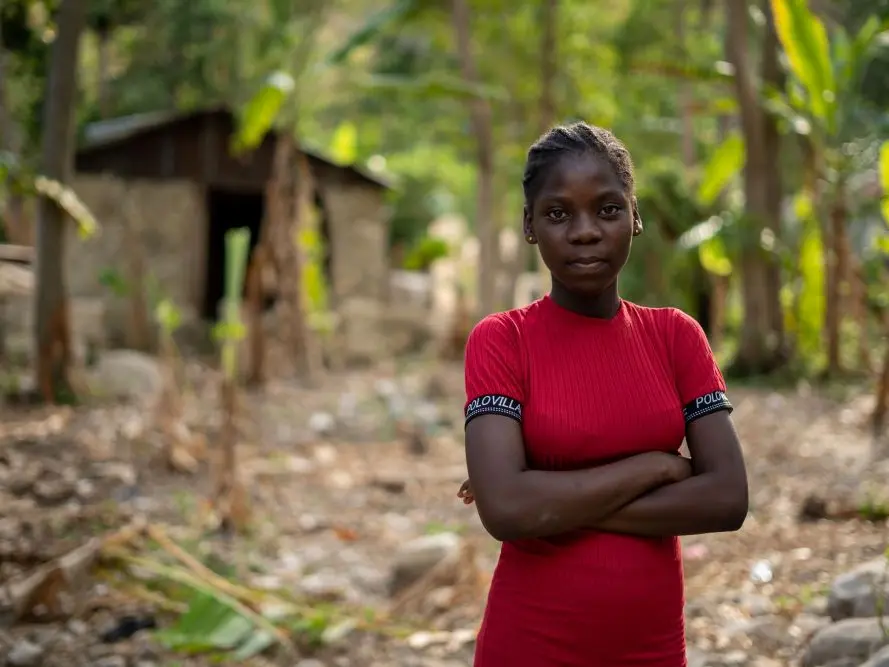
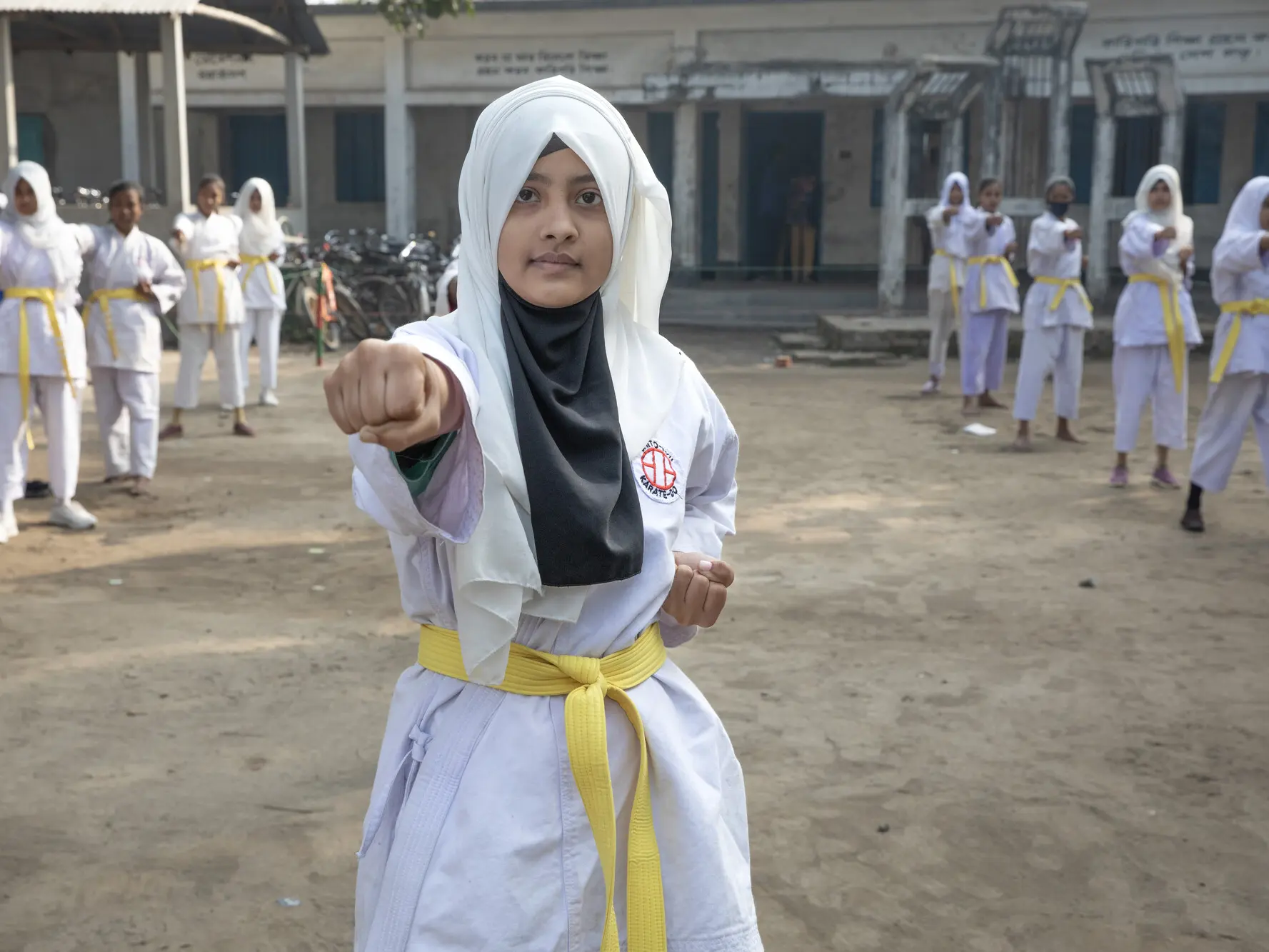
Protection from violence
Girls and adolescents are more likely to experience certain forms of violence, such as sexual violence, exploitation and trafficking.
Everyone has a right to live free from violence.
Our work aims to address the root causes of violence.
Girls' rights
Girls and adolescents are facing discrimination and violence.
Our research and advocacy calls for laws and policies to protect and empower them.
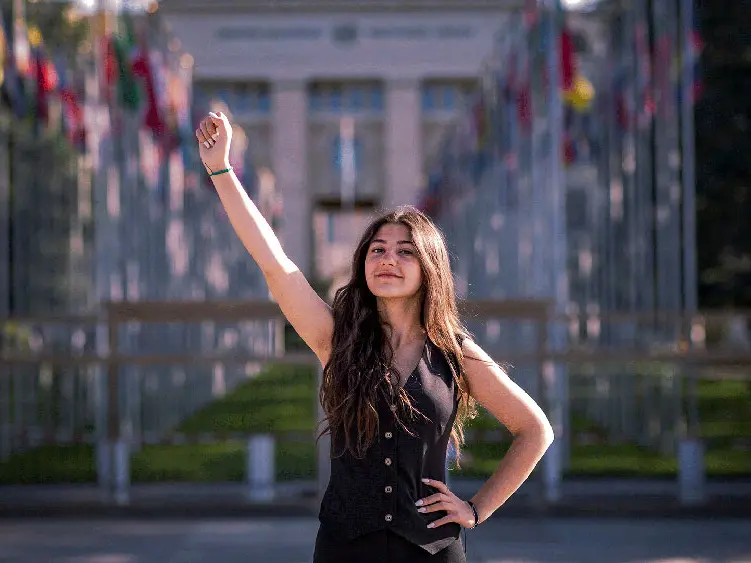
Top reads
Left Out, Left Behind: Adolescent girls’ education in crises
In times of conflict or crisis, adolescent girls are often more vulnerable. They are more likely to be married by 18, and their risk of exploitation, gender-based violence and early pregnancy increases. Despite education being a lifeline for girls living in humanitarian crisis, 13 million girls are out of school. Our report look at the intersection between crisis, gender and education, and proposes a five-part plan to ensure no more girls are left behind.
Power to Decide: Accelerating adolescent girls’ sexual and reproductive health and rights
Adolescent girls make decisions about their own lives and futures every day, and yet, progress on adolescent sexual and reproductive health and rights (SRHR) is slow and leaving too many behind. Far too many girls are unable to exercise agency over their own bodies. The report examines the underlying drivers of SRHR inequalities, examining how power structures and barriers to accessing SRHR influences the lives adolescent girls, and provides recommendations for structural and policy changes.
Beyond Hunger: The gendered impacts of the global hunger crisis
At least 345 million people across 82 countries are currently facing or are at risk of acute food insecurity, with 50 million people on the brink of starvation. Food insecurity and gender inequality are interlinked – the most food insecure countries are also the most gender unequal. This report presents evidence of the gendered impacts of the global hunger crisis from eight countries affected, and provides recommendations for governments, donors and humanitarian actors.
Want to know more?
Read our policy reports, publications and briefings.